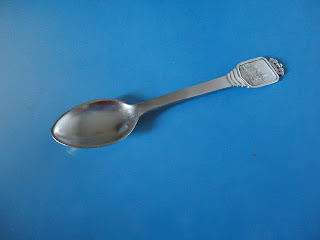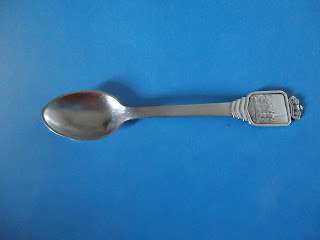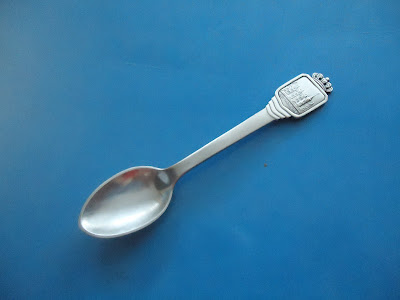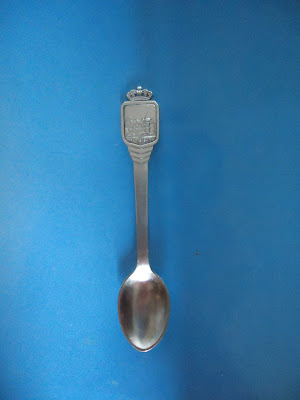Beautiful Antique/Vintage Knuthenborg Solid Silver Spoon D.G.S Denmark

Very elegant Solid Silver Knuthenborg Spoon from Denmark. It was used for tea, coffee and sugar.
Maker's mark D.G.S and a flame torch type symbol on the back side of the spoon ( which you can see on one of the photos)
The product is in excellent condition!
Size:
Length: 10,6 cm
Width: 2,5 cm bowl of spoon
Approximate Weight: 12 grams
The history of Knuthenborg Knuthenborg was first mentioned under the name of “Årsmarke” in 1328. Until 1662, the old stately home was favoured by some of the members of the ancient aristocracy who, through the Imperial Diet, were the real wielders of power in Denmark, Norway, and the Faroe islands. The King was elected by the Diet.
The Urne family was one of the most powerful families at that time. Three generations of the family owned Årsmarke from 1527-1667.
When King Frederick III (1609-70) introduced Absolutism, and with it the absolute monarchy in 1660, he brought new men into the nobility that he collected around him. One of these men was Cornelius Pederson Lerche, a career diplomat, and, in 1667 he became the owner of Årsmarke amongst other properties. In 1677, his daughter, Sister Lerche, married the Mecklenberg nobleman, Christoffer von Knuth, who was in the service of the Danish King Christian V (1646-1699). The Knuth/Lerche married couple proved to be excellent for Årsmarke, enlarging it through building, acquisition and exchange.
The County
Their son, Adam Christoffer Knuth, became the first count in the family in the year 1714 under King Frederick IV. The old Årsmarke became the new county of Knuthenborg.
Counties, baronies and manor houses were constructed as a consequence of Absolutism. The large manor house estates underpinned the system and could not therefore be mortgaged, loaned or broken up. These estates were to be handed down intact to the oldest son, just like the kingdom itself. It was the duty of the liege/feudal lord to reflect and maintain the King’s glory and be his representative in the estates. This was a tax-free position, but with the same responsibilities as those of a Mayor in a local authority.
New Times After the fall of Absolutism in 1848 and the introduction of new charters in June 1849, the Diet concluded a declaration of intent on the dissolution of the counties, baronies and great houses. These were the fiefdoms of Absolutism , so they were no longer in keeping with the new spirit of democracy. In 1919 the declaration passed into law and in the following years the manor house estates passed into private hands. As a countermeasure, the majority of the land and the art treasures went to the state. The land was distributed to smallholders and many of the art treasures are today in private collections or in museums all around the world.
In many cases, the manor house estates survived with new owners, but Knuthenborg today is still the property of the thirteenth generation of the same family.















No comments:
Post a Comment